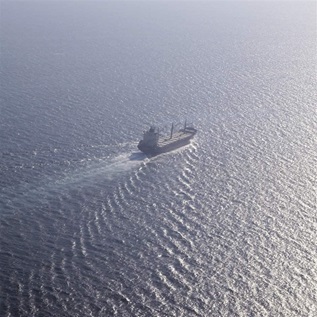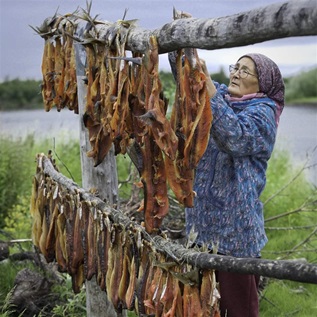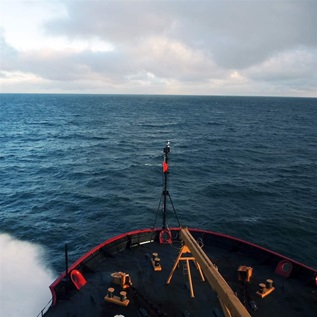US Arctic Comprehensive Conservation and Energy Plan
The Arctic is home to vibrant communities of indigenous peoples, provides vital habitat for some of the world’s most iconic wildlife species and plays a critical role in regulating the planet’s climate.
Despite its importance, the Arctic Ocean is one of the least-understood regions on Earth. The Arctic is warming at twice the rate of the rest of the planet and could be seasonally ice-free in 10 to 30 years. The rapid loss of sea ice is providing new access for industrial activities such as oil drilling and shipping. A precautionary, science-based plan is needed to protect U.S. Arctic communities and ecosystems from the additional stress posed by such development.
The total area available for oil and gas leasing in the U.S. Chukchi Sea, Beaufort Sea and Bering Sea has increased eight-fold from 2000 to 2008, an unprecedented expansion. At the same time, baseline scientific knowledge about the Arctic is outdated. The last comprehensive marine science program in the U.S. Arctic occurred in the 1970s and 1980s in the Outer Continental Shelf Environmental Assessment Program.
Comprehensive Conservation & Energy Plan
Without adequate scientific research about the U.S. Arctic marine environment, informed decisions cannot be made about if, where, when and how industrial development should be allowed. The dramatic impact of climate change on the Arctic exacerbates the risks of adverse ecological responses to any development. Unchecked industrialization threatens the ecological and cultural sustainability of the region and could undermine the Arctic’s role in moderating the world’s climate.
Scientists and policymakers agree that a strong and coordinated research and monitoring program is needed in the U.S. Arctic that includes consultation with Native communities.
Oceans North U.S. makes the following recommendations:
- A U.S. Arctic scientific research and monitoring plan should start with a gap analysis of what is missing in our knowledge about this region. It would include environmental and biological monitoring, as well as studies to determine ecosystem structure, functioning and sources of resilience.
Such an analysis will enable scientists to identify important ecological areas and vulnerable habitats. At every step, including planning and peer-review, these efforts should be informed by local and traditional knowledge.
Examples of current gaps in knowledge include:- Which areas in the Chukchi and Beaufort Seas are crucial for various life stages of marine mammals? Without this information, it is impossible to identify critical areas that must be avoided by industry and protected in the event of oil spills.
- How can negative social and cultural impacts be avoided? Industrial development can disrupt traditional Native practices, interfere with cultural norms and lead to social dislocation. Proper planning can help minimize such problems but requires a detailed understanding of local cultures and the inclusion of local communities in decision-making. A process for doing that kind of research and consultation has not yet been devised and tested for offshore oil and gas development in U.S. Arctic waters.
- Conduct or require the scientific research necessary to make informed decisions in the U.S. Arctic Ocean, including the development and implementation of a comprehensive Arctic Ocean plan for U.S. waters.
- Establish a coordinated management structure to lead development and implementation of a comprehensive U.S. Arctic Ocean plan. The plan should ensure that industrial activities will not harm marine ecosystems or undermine a subsistence way of life.
- Defer offshore industrial activities in the U.S. Arctic until such a plan is in place.











